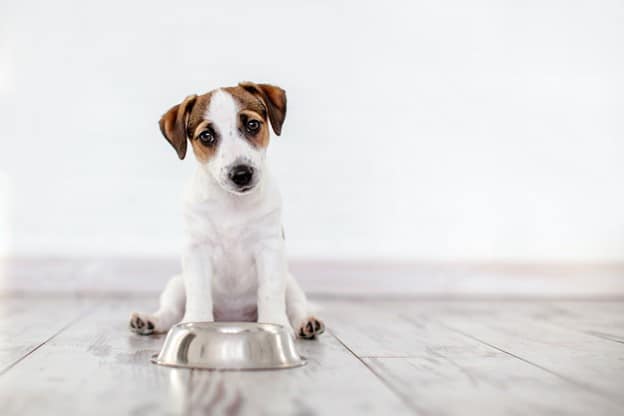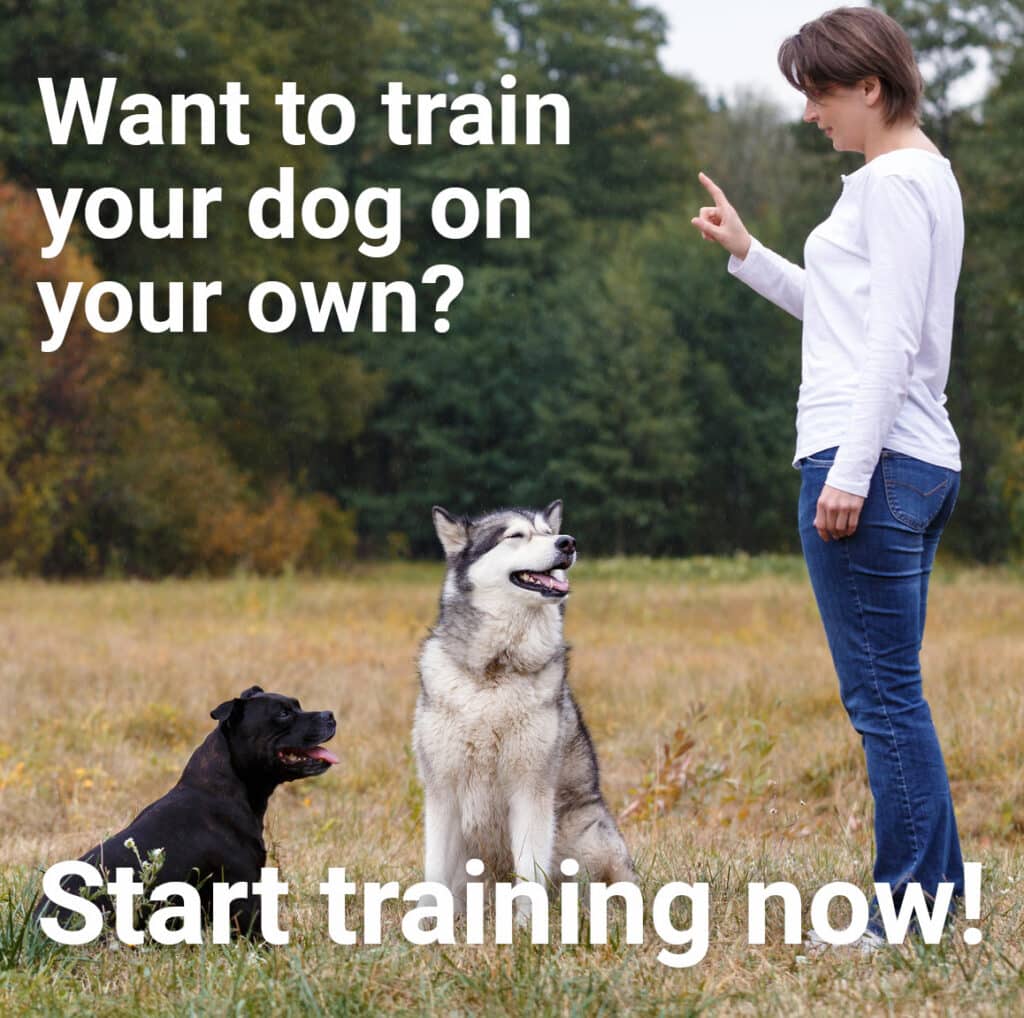People have many ideas about the proper protocol for when and how to feed their dogs. Some people are regimented about feeding times, and walks often happen after feeding or they go to the park to play. Let’s take a look at what nature teaches us.
Tenderfoot bases everything we do under mother nature’s guidance, including how, what and when we feed our dogs. We feed a raw diet, that is for another blog, but how and when to feed is important for everyone to think about.
Dogs thrive with clear structure and some people take that to an extreme when they are scheduling their dog’s meals. They feed at exactly the same time every day. If you feed every day at 6am and 6pm then your dog’s inner clock will expect to be fed at those precise times. You have created a habit of the brain and now your dog will begin to anticipate a meal well before 6, and will start to panic at 6:05 if you haven’t fed them yet. They might begin to bark at you, nudge you, stare at you and dance about to say you are late. We are actually setting our dogs up for anxiety and stress by being too rigid.
In nature canines eat when they can find food, which changes from day to day. Dogs should be fed their breakfast and dinner when it is convenient to the schedule of our day. This way the brain doesn’t have an expectation and can relax until we are ready to serve. Maybe breakfast happens at 6am or maybe at 8am, but they can count on being fed before 9am.
It is often asked is, should you walk your dog before or after a meal? Let’s look to nature’s answer. Canines typically: wake, soil, get a drink, play and relax. Then they hunt, which means an increased blood flow and heart rate as they travel, stalk, and kill their prey. After a good meal they relax and sleep for hours. Humans should try to imitate this for the best health of their dogs.
There is a potentially deadly illness called bloat, and it can be caused by too much exercise after a meal. A stomach heavy with food can flip and create ‘gastric torsion’, which requires immediate surgery to resolve. Bigger dogs and dogs with deep chests are more prone to it, but any dog can succumb to bloat. Do not exercise a dog for at least an hour after they have eaten, it is a great time for crating and relaxing.
Do not feed a dog whose heart rate is increased from exercise, instead let them recover first and then feed. Make sure their breathing has calmed and they are ready for a proper meal and some down time.
A good routine is: wake up, and take the dog out to soil. Go for a walk or romp to get them well exercised and tired. Let them recover and relax while you are making their meal. Then feed them and let them nap for at least an hour while they digest. Feeding them in their crate is great because it makes the crate a positive place where they get their yummy meals and it’s a nice place to relax after eating.
Being thoughtful about everything we do with our dogs sets them up for success and happier days, and that includes meal time. Following a healthier regime for both their minds and bodies will keep life easier for us all.

